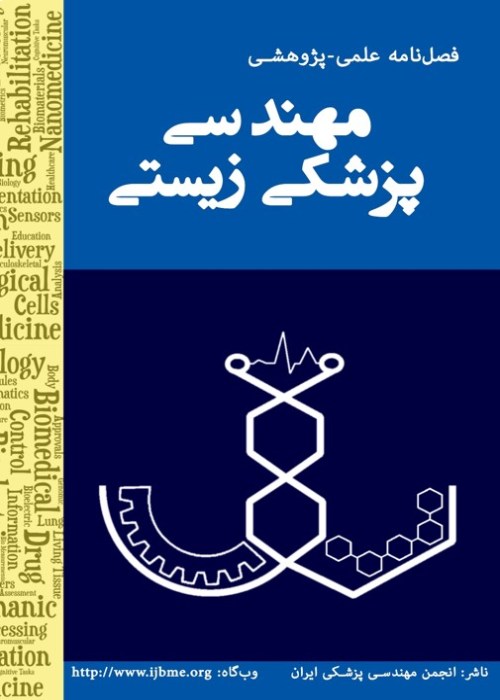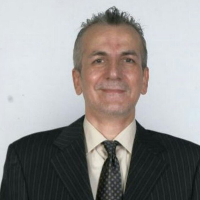Respiratory Motion Compensation in PET Based on Wavelet Transform Model
Author(s):
Article Type:
Research/Original Article (دارای رتبه معتبر)
Abstract:
Recent developments in three-dimensional (3D) PET systems have enabled the spatial resolution to reach the 2- to 5-mm full-width-at-half-maximum (FWHM) range. With such improvements in spatial resolution, even small amounts of motion during PET imaging become a significant source of resolution degradation. In other words, increased spending on new-generation scanners can be fully justified only when appropriate motion correction methods are considered, to achieve the true resolution of the scanner. Motion correction methods developed for single photon emission CT (SPECT) are not necessarily applicable to PET because they may rely on the time-dependence of projections in SPECT (due to a rotating head or heads), which is not the case in PET. Nevertheless, a number of other methods implemented in SPECT are equally applicable to PET. In this work has been broadly categorized into the review and discussion of advanced correction methods for the cases of unwanted patient motion, motion due to cardiac cycles, and motion due to respiratory cycles. After reviewing some current methods, the model is introduced which was developed with the help of NCAT phantom and Sim SET. Two phantoms were extracted, male and female, from NCAT to see the differences between the results with the changes in the anatomy of these two phantoms. Then PET images were produced using Sim SET for all the phantoms available (with respiratory motion and without respiratory motion and for respiratory cycles of 4, 5 and 6 seconds for both male and female phantoms). The new model is introduced which is designed based on the respiratory cycle 5 seconds, using wavelet transforms. This model can track and compensate motion due to respiration. The results show that for the first frame and the last one because of very smooth and slight motions the images with motion are not that different from the images without motion, so the proposed model is not responding better than the images with motion. However, for the rest of the frames the model provides better images compare to the images with motion. Comparing to other methods, this model not only provides a good estimation for motion but also it doesn’t include the errors caused by markers and monitoring systems.
Language:
Persian
Published:
Iranian Journal of Biomedical Engineering, Volume:7 Issue: 3, 2013
Pages:
209 to 217
magiran.com/p2258603
دانلود و مطالعه متن این مقاله با یکی از روشهای زیر امکان پذیر است:
اشتراک شخصی
با عضویت و پرداخت آنلاین حق اشتراک یکساله به مبلغ 1,390,000ريال میتوانید 70 عنوان مطلب دانلود کنید!
اشتراک سازمانی
به کتابخانه دانشگاه یا محل کار خود پیشنهاد کنید تا اشتراک سازمانی این پایگاه را برای دسترسی نامحدود همه کاربران به متن مطالب تهیه نمایند!
توجه!
- حق عضویت دریافتی صرف حمایت از نشریات عضو و نگهداری، تکمیل و توسعه مگیران میشود.
- پرداخت حق اشتراک و دانلود مقالات اجازه بازنشر آن در سایر رسانههای چاپی و دیجیتال را به کاربر نمیدهد.
In order to view content subscription is required
Personal subscription
Subscribe magiran.com for 70 € euros via PayPal and download 70 articles during a year.
Organization subscription
Please contact us to subscribe your university or library for unlimited access!



